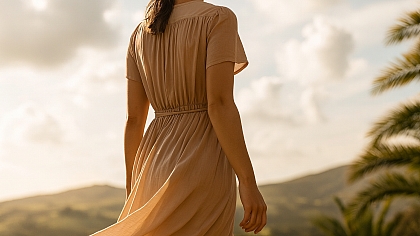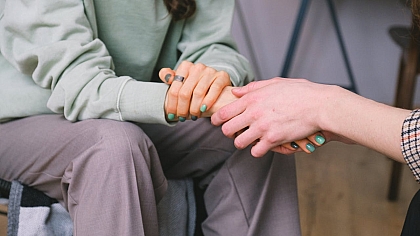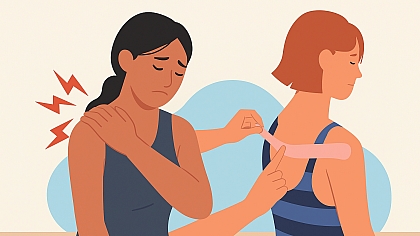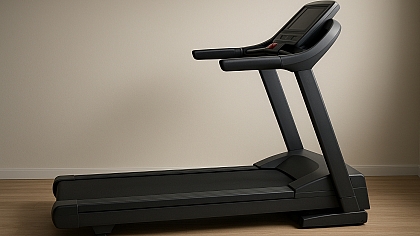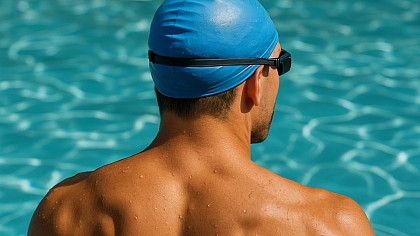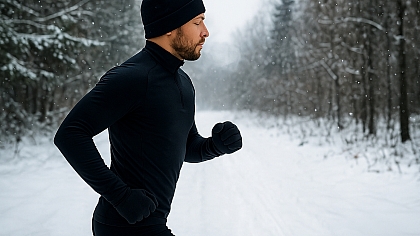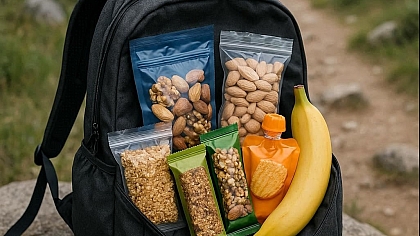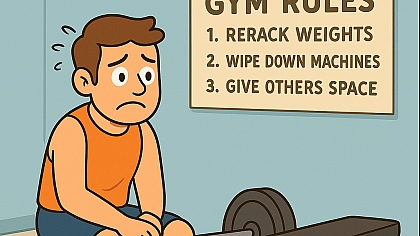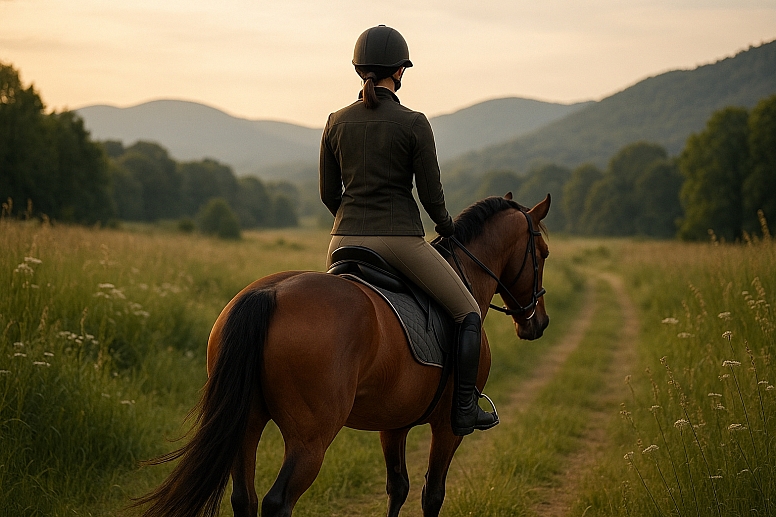
Essential Horse Riding Gear for Beginners to Experts: What You Really Need
Horse riding is more than just hopping on a horse and going for a ride. Whether you're just starting or you've been riding for years, having the right gear matters. It keeps you safe, helps you ride better, and makes the experience more comfortable.
From your very first lesson to advanced trail rides or competitions, this guide walks through exactly what gear you need—and why it’s important.
What You’ll Learn Straight Away
Here’s what you’ll get from this guide:
- The basic gear every beginner rider must have
- The difference between casual and advanced riding gear
- Why the right riding boots can protect your feet (and your life)
- How helmets differ and what to look for
- When to upgrade your gear as your skills grow
- Expert advice to help you avoid buying things you don’t need
The Must-Have Gear for Beginner Riders
If you’re just starting, keep it simple. Focus on safety and comfort. There's no need to spend thousands on pro-level gear right away.
Beginner Essentials
Helmet (Not optional): A well-fitting riding helmet is your most important piece of safety gear. Don’t ride without it. Even a quiet horse can spook.
Riding Boots: You need boots with a small heel (about 1 inch). That heel helps stop your foot from slipping through the stirrup, which could drag you if you fall. Avoid sneakers or steel-toe work boots—they’re unsafe for riding.
Fitted Pants or Jodhpurs: Wear pants that don’t have thick inner seams. Jodhpurs or riding tights are designed for comfort in the saddle. Regular jeans can cause painful chafing over time.
Riding Gloves: These help you grip the reins better and prevent blisters on your hands. They also give more control when your horse gets strong.
Safety Vest (Optional, but wise): If you’re nervous or learning to jump, a body protector vest can cushion falls and protect your ribs or spine.
Moving Up: Gear for Intermediate Riders
Once you’ve got a few months of regular lessons under your belt and start riding independently, you’ll want gear that’s a bit more advanced.
What to Add or Upgrade
-
Taller Riding Boots or Half Chaps: Full-length leather or synthetic boots give more support and reduce pinching from stirrup leathers. If you still use ankle boots, get half chaps for the same protection.
-
Higher-End Helmet: Some helmets are lighter and have better airflow, which really matters on hot days or long rides.
-
Schooling Whip or Crop: Used for clear communication—not punishment. Only use with guidance from your instructor.
-
Saddle Pad (Your Own): Many riders start bringing their pads for hygiene and comfort. You can get one that fits your horse and saddle better than the generic ones stables provide.
Advanced Riders: Gear That Keeps Up with You
By this stage, you're probably riding several times a week, doing shows, or trail riding for long distances. Your gear needs to be durable and precise.
What Experts Usually Use
-
Custom or High-End Saddles: These fit both the horse and rider exactly. A poorly fitted saddle can cause pain for the horse and throw off your balance.
-
Tailored Breeches: Higher-end breeches offer better grip in the saddle, more stretch, and better shape retention.
-
Tall Field or Dress Boots: These support your ankle, give a clean line in competition, and last longer than cheaper options.
-
Competition-Grade Helmet: Lightweight, breathable, and built with superior impact resistance. Check that it’s certified (ASTM/SEI or equivalent).
-
Spurs and Advanced Aids: Only used with proper training. Spurs refine your leg cues; they’re not for kicking harder.
Riding Boots: Why They Matter
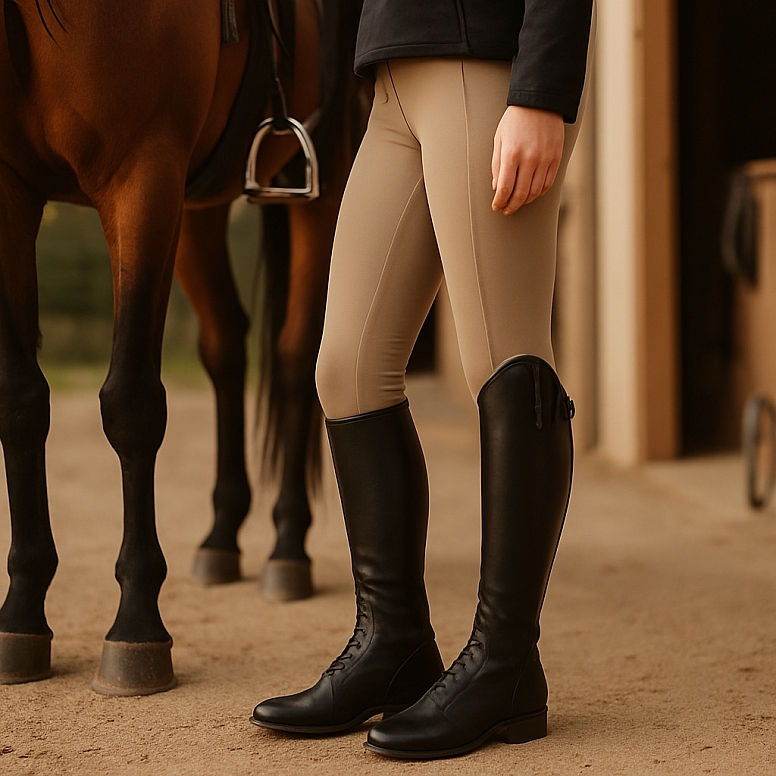
Many new riders underestimate the value of proper riding boots. I've seen plenty of people show up to lessons in sneakers. Here's what can go wrong:
- No heel? Foot slides through the stirrup.
- Wrong sole? Can’t slip out easily if you fall.
- Loose fit? Can twist your ankle on dismount.
Boot Types:
| Boot Type | Best For | Key Features |
|---|---|---|
| Paddock Boots | Beginners, kids | Ankle-length, comfy, pair with chaps |
| Field Boots | Jumping, hunters | Tall, laced at the ankle, more flexible |
| Dress Boots | Dressage riders | Tall, stiff, clean look |
| Western Boots | Trail or western riding | Distinct heel, wide toe, durable |
Common Mistakes (And How to Avoid Them)
Buying gear too early: Don’t buy expensive show coats or dress boots if you’re not showing yet. Focus on gear that improves comfort and safety first.
Ignoring fit: Helmets must be snug but not tight. Boots shouldn’t pinch or slip. Ask for help if you're not sure.
Skipping gloves: Even experienced riders get blisters. Gloves improve grip and confidence—especially with strong horses.
Pro Tips from Years in the Saddle
- Always try before you buy. Sizing varies between brands—especially for boots and helmets.
- Check second-hand gear, but inspect it carefully. Cracked helmets or worn boots aren’t worth the risk.
- Clean your gear regularly. Dirty saddles or reins get slippery and dangerous.
- Label everything if you ride at a public stable. Trust me, your gloves will vanish.
Ready to Ride Smarter?
The right gear doesn’t just make you look the part—it helps you stay safe, ride better, and enjoy the experience. Whether you're trotting for the first time or jumping fences every weekend, having the proper equipment can make or break your progress.
Start simple. Invest smart. Ride safe.
People Often Ask
What should a beginner wear for horse riding? Start with a helmet, riding boots, snug pants (no inner seams), and gloves. Comfort and safety are key.
Are riding boots necessary? Yes. The heel helps prevent accidents in the stirrup. Other shoes can be dangerous.
What’s the difference between paddock boots and tall boots? Paddock boots stop at the ankle. Tall boots (field or dress) go up to the knee and offer more support.
Do I need a safety vest as a beginner? Not required, but helpful—especially for jumping or nervous riders.
Can I use a bike helmet for horse riding? No. Riding helmets are made differently and tested for falls from horses, which are higher than bikes.
When should I upgrade my gear? When you ride more often, compete, or notice your current gear isn’t holding up.
Is it okay to buy used riding gear? Yes—for things like boots or saddle pads. Never buy a used helmet unless you know it hasn’t been in a fall.
